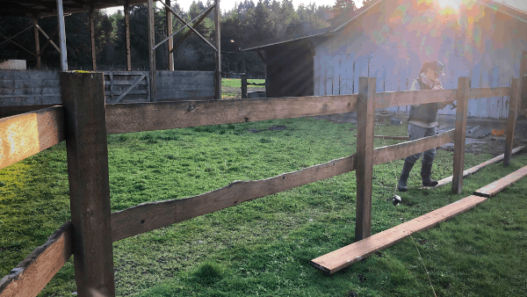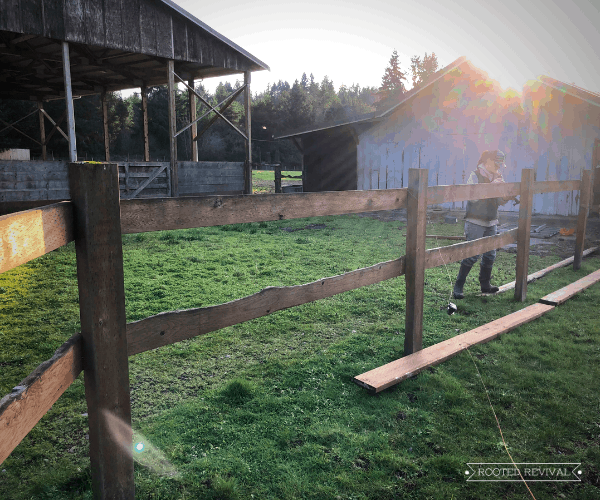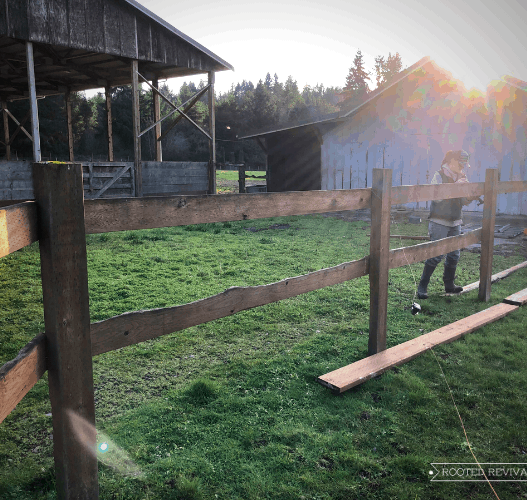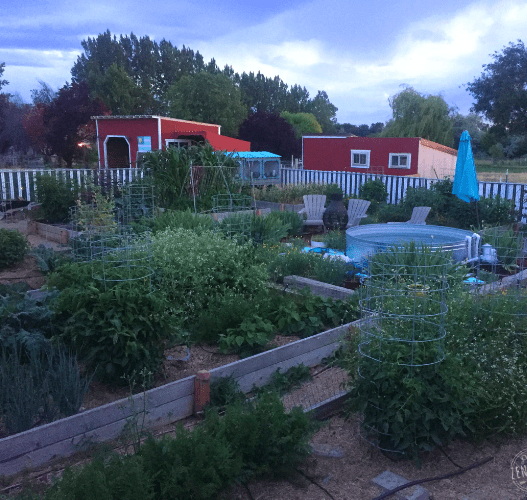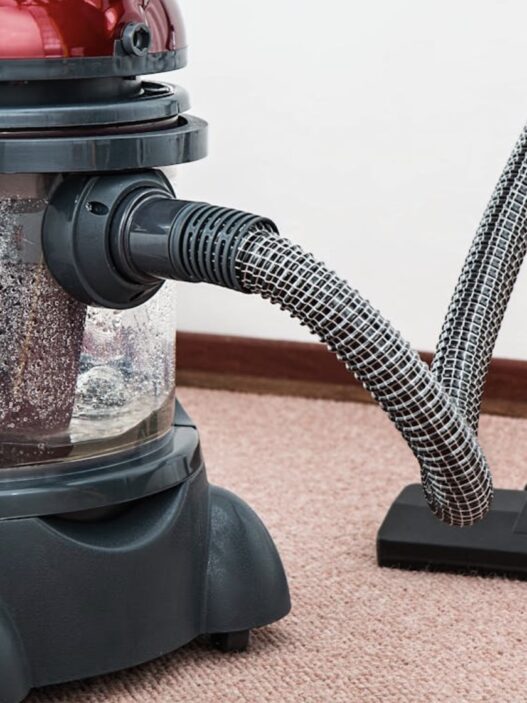If you (really) love mother nature and want to adapt to a hands-on approach to living, you may want to start a self-sufficient homestead. But what is the basic checklist to kick things off?
I personally have started a self-sufficient homestead, and I know it’s complicated. But I’m sharing my own checklist that can help you a lot in navigating the challenges of creating one. (I hope!)
Out of a number of things, firstly, you need to buy land and install a system to create your own energy. Then, you’ll have to learn day-to-day skills (like food preservation) to achieve self-sufficiency in true terms.
In today’s read, I’ll walk you through the following:
- Self-sufficient homestead checklist
- Why starting a self-sufficient homestead is a good idea? (and if it’s right for you!)

1. Acquire a Piece of Land
To start your (dreamy) self-sufficient homestead, the first thing you need is a piece of land.
Here, you’ll build your little home, grow your own food, and make a lovely space for your cattle.
You should choose a location that aligns with your goals and lifestyle (It could be an urban, suburban, or rural area).
The size of the land matters a lot because it will decide what you can do with your homestead. If the land is too small, you might not have enough space for the gardens or animals you want.
But if it’s too big, it might be hard to take care of everything. (Just keep that in mind!)
Also, have a look at the soil of the land and check if it’s good for growing crops. Then, look for a water source nearby.
Once you’ve found the right spot for your self-sufficient homestead, you’re all set and ready to move to the next step!

2. Set Up Infrastructure and Utilities
The next thing on the checklist is to set up infrastructure and utilities so that your homestead runs smoothly.
You don’t want to rely on external sources to provide you with electricity.
Why?
Because you’re going self-sufficient! So, I’ve got some ideas for you.
One idea is to use solar panels. These panels store sunlight and turn it into electricity that you can use for your homestead (Just like having your own little power plant).
Another superb trick is to use wind turbines (They catch the wind and turn it into electricity).
For sewage, you’ll need a system that deals with waste safely. I’ve installed a composting toilet in my homestead that can turn your waste into manure. Now, don’t get too grossed out!
This manure is perfect for plants (But not the ones you eat – just for the ones that make your surroundings look even prettier)
This way, I make sure my environment is clean, and I’m not the one harming it!
3. Build a House (Optional)
Here comes the big task! Building your house on this self-sufficient homestead.
What I did was build a small house, which was quite accommodating to meet the shelter needs. It provided me with a comfortable place without breaking the bank! And I always had the authority to expand it in the future. You can do the same (Or not, your choice!)
But before you do anything, do check local zoning regulations to understand any restrictions or requirements for building on your land.
Oh, and don’t forget to look at the weather app. Building in a blizzard? Not the best idea. Plan it when the sun’s out for a few days and the birds are chirping!
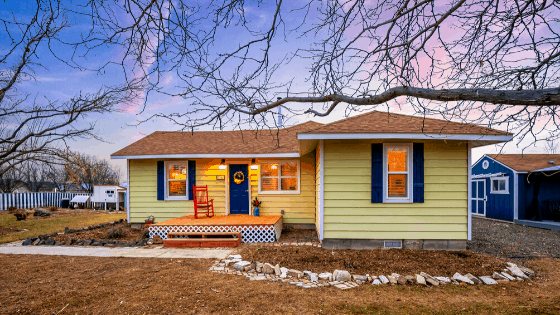
4. Plan Your Garden and Start Planting
This is one of the most important things on the self-sufficient homestead checklist because there is a lot of planning involved at the back.
Firstly, you need to make sure that you pick the best layout for your garden. It should be directly under the sun. Why? Because plants love the rays!
Once you’ve got your game plan, it’s time to get your hands dirty and start planting. Choose veggies, herbs, and fruits that grow well in your area (Don’t plant summer crops in the dead winter or vice versa).
Start with easy crops (Like tomatoes, basil, or strawberries) if you’re new to gardening. You can add more plants later.
And yes, always do companion planting so that your precious crops help each other grow. Some of them keep pests away, and some make the soil better for their neighbors. So, always plant smartly in your homestead.
5. Set Up Livestock
Alright, let’s talk about having some animals (Chickens, rabbits, cows, or goats) on your homestead. You need to set up a cozy spot for them to live. You’ll also require a pen (A safe play area where they can hop around or peck at things).
Now, animals need food (Just like you and me). That’s why you have to provide each one with suitable feed and, of course, water. And that’s all these innocent animals ask for!

6. Develop Skills
As you journey through your homesteading adventure, keep growing your skills. Start with gardening.
Learn about adding compost in a way that improves fertility, identify common pests and diseases that affect your plants, understand the role of pollinators (Such as butterflies) in the garden, and so much more.
Now, let’s talk about learning skills to preserve the goodies from your garden. You don’t want all those going bad, right?
This is where canning comes into the picture. It’s a preservation technique that traps the freshness of your harvest in jars. And there’s another amazing thing called fermenting, in which you can turn vegetables (Like cucumbers or cabbage) into pickles or sauerkraut.
These skills are similar to having secret powers to make your fruits and veggies last even when the growing season is over. So, keep on learning, keep on practicing, and you’ll turn into a self-sufficient homesteading pro!
7. Engage With Community
The last thing on my self-sufficient homestead checklist is to engage with the community. This means reaching out to fellow homesteaders, gardening enthusiasts, and local neighbors who share a passion for sustainable living.
Having said that, you should join in on local workshops or gardening meet-ups and tell stories, pick up new tricks, and get the lowdown from the pros.
And hey, share your wisdom, too. Whether you’re a seasoned pro or just getting started, you’ve got experiences that can help others.
Final Thoughts!
So, this is my ultimate self-sufficient homestead checklist! Although it is not a strict rulebook, my experiences will help you out in the best way possible on this journey.
But do feel free to mix things a little, and I surely hope that your homestead will be as bountiful as mine!
